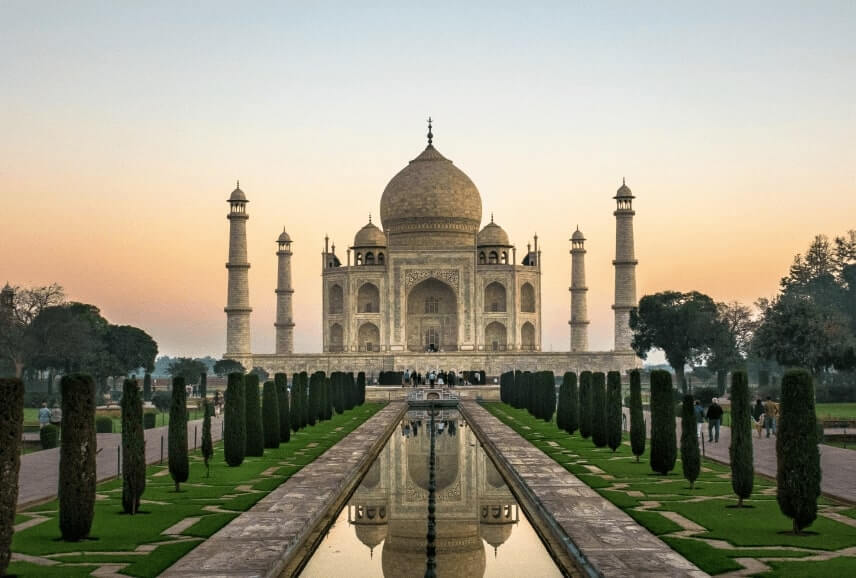The Taj Mahal, one of the most famous architectural wonders in the world, has captured the imagination of people for centuries. As a result, several myths and legends have emerged surrounding its construction and history. While these stories add an element of intrigue, it’s important to note that many of them lack historical evidence. Here are a few common Taj Mahal myths:
- Black Taj Mahal: One prevalent myth suggests that Emperor Shah Jahan had planned to build a Black Taj Mahal as a mausoleum for himself across the river from the white marble Taj Mahal. However, due to a lack of concrete evidence, it is widely regarded as a legend or a creative story rather than a historical fact. There is no archaeological or historical record supporting the existence of a Black Taj Mahal.
- Amputation of Workers’ Hands: A popular myth suggests that Emperor Shah Jahan ordered the hands of the craftsmen and workers who built the Taj Mahal to be amputated to ensure that a similar masterpiece could never be created again. This story is not backed by historical evidence and is considered a fictional exaggeration.
- Shifting Minarets: Another myth revolves around the four minarets of the Taj Mahal. It is said that they were designed to tilt slightly outwards, so that in case of an earthquake, they would fall away from the main structure, thus protecting it. However, this claim lacks concrete evidence, and the minarets are firmly anchored to the main building.
- Changing Colors: Some tales suggest that the color of the Taj Mahal changes throughout the day, with different hues appearing at different times. While the monument’s appearance can be affected by the changing light conditions, the idea of dramatic color shifts is largely an exaggeration.
- Sinking Taj Mahal: One myth suggests that the Taj Mahal is sinking or gradually tilting due to its proximity to the Yamuna River and its wooden foundation. However, this claim is not supported by scientific evidence or historical records. The Taj Mahal sits on a solid foundation made of sandstone and is reinforced with iron rods. While the riverbank has eroded over time, causing changes in the landscape, there is no substantial evidence to suggest that the Taj Mahal itself is sinking or at risk of structural instability. The myth of the “sinking Taj Mahal” likely stems from misunderstandings or exaggerated accounts, and it is not grounded in factual information.
It’s important to approach these myths with a critical mindset and rely on verified historical accounts and research to understand the true history of the Taj Mahal. The monument’s real story is no less fascinating, showcasing the architectural brilliance, artistic mastery, and love story of Emperor Shah Jahan and his wife Mumtaz Mahal.

























